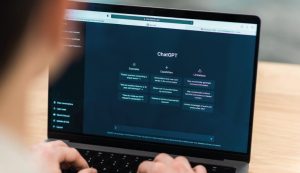Translation memories (TMs) are a recurring star in localization workflows. They can help both clients and translators save time and costs, ensure consistency, and serve as a consultation source. They may be a giving resource, but TMs need to be managed carefully and systematically in order to leverage their utilities and potential. Let’s take a look at how a TM develops throughout time and the best practices for dealing with it.
Too Many Cooks Won’t Spoil the Broth

On some occasions, a TM begins when translators start working on a document from a client or account. While translating, the source segments and their corresponding target text are stored in the same bilingual databases TMs are stored. In other instances, it’s possible to create a TM using past translations with the alignment function or reusing old TMs. With the alignment feature, the CAT tool compares an original document with its translation, finding alignment pairs and storing them in a TM.
After their creation and during the course of projects, a lot of people can have access and modify the TM. For example, not only translators or editors, but also project managers (PMs) may be in charge of overseeing it. Sometimes, due to compatibility, a PM exports, imports, or exchanges TMs, changing formats or settings. The client’s reviewers can also proofread and insert changes in TMs. To keep a useful and healthy resource despite the many people that work with it is possible through good practices of TM management.
Maintaining a TM
In regard to linguistic quality, the role of quality assurance (QA) managers and editors is crucial. By defining stylistic preferences and reviewing projects, they ensure that documents and hence TMs are consistent, which reduces risks and errors. It’s also possible to entrust TMs proofreading for important clients or accounts, to keep them updated and free of typos and omissions.
Additionally, to avoid error propagation, PMs and vendors need to be cautious with locked segments and context matches that sometimes are not under scope. It’s important to unlock and correct them or let the PMs know there are errors so they can evaluate the course of action.

Most TMs can be exported as bilingual files in xliff formats, which allows running QA checks in CAT Tools or in QA automation software to fix consistency or terminology errors, numeric mismatches, typos, tags, etc.
Best Practices

A TM can store years of work, the effort of localization professionals, hours of research, translation, and review. So such a valuable resource implies it’s not affordable to lose it. Keeping backups is mandatory when dealing with TMs, such as saving a copy on more than one cloud-based storage or a local disk. Moreover, being organized with TMs, term bases, references, style guides, or whatever resource is available, we’ll help make them readily available. Defining a naming convention for TMs can be a great place to start: will you organize TMs by account, language pair, or domain subject? What’s the best fit for your workflows? Besides, filling in metadata info thoroughly will keep TMs classified and easy to find.









